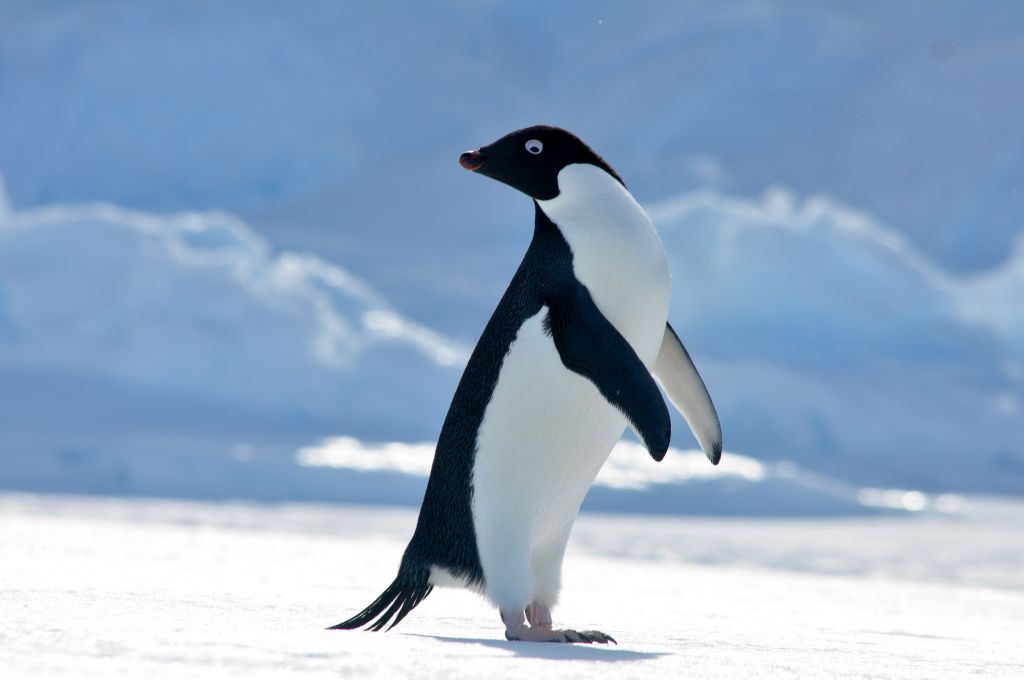Poo. Feces. Or guano, in scientific terms. That is what professor Heather Lynch of Stony Brook University and Matthew Schwaller from NASA had found when they analyzed satellite images of the Danger Islands near the Antarctic Peninsula in 2014. If a space satellite could capture these guano stains, then there must have been a monumental amount of feces on these islands. (Indeed, there was)
This caught the two scientists’ attentions, leading them to investigate what exactly caused this much guano. So, in 2015, Lynch and Schwaller teamed up with other ecologists from the Woods Hole Oceanographic Institute, as well as other universities, to travel to the islands to see for themselves.
In a study they published in the Scientific Reports, they report that a supercolony of 751,527 pairs of Adélie penguins have been hiding in plain sight, untouched for centuries. Upon finding this colony, an effort of sentient and artificial intelligence was employed to count the birds. The scientists relied on drones to take photos of the nesting sites.
This species of penguins, with the distinct white rim around their eyes, are thought to be endangered by scientists. Climate change–including change in sea ice patterns–led to the loss of at least eight colonies. As can be seen from the approximately 1.3 million discovered, which is more than all of the Adelie penguins living on the Antarctic Peninsula, that is not the case.
Considering the ice blocking the pathway to the islands, no ships have thought to even venture off into that part of the Antarctic Peninsula. Therefore, the penguins have not been subject to human interference, which could possibly yield to disastrous results. The Danger Islands have also not been affected by climate change, allowing this colony of penguins to survive.
But that does not mean they are excluded from pending climate change. In fact, in the study, the scientists have requested that there be a protective marine barrier on the islands because of the “projected climate change.” The environment is still an “important hotspot for avian abundance.”
You may also like:
-
Golden Globes 2024: Hollywood’s typical night of fun turned sour
-
Second Chapter: Gypsy Rose Blanchard navigates new life after prison
-
Executives transform stuffed animals with a plushy revolution
-
Man Attempts to Cross Atlantic Ocean in a Homemade Hamster Ball
-
The Paqui One Chip Challenge has returned with deadly results
